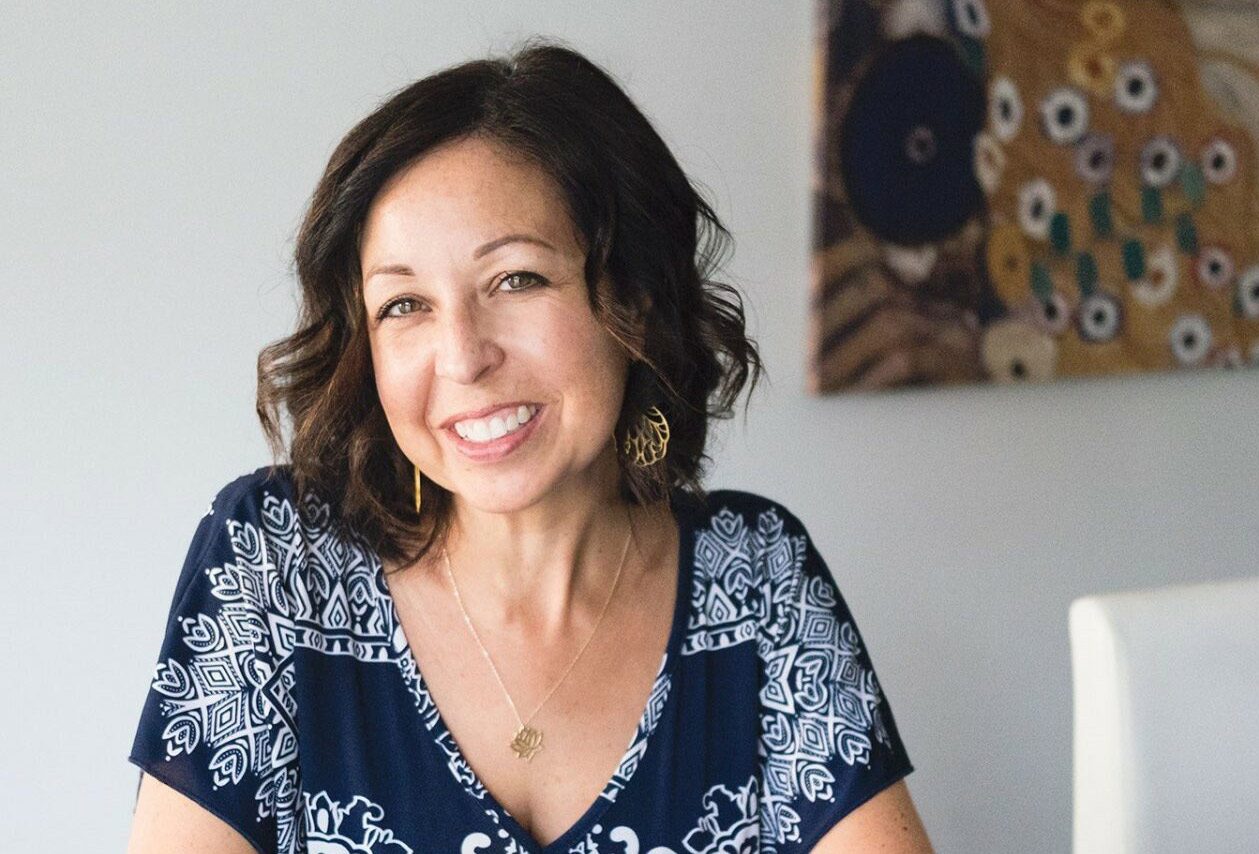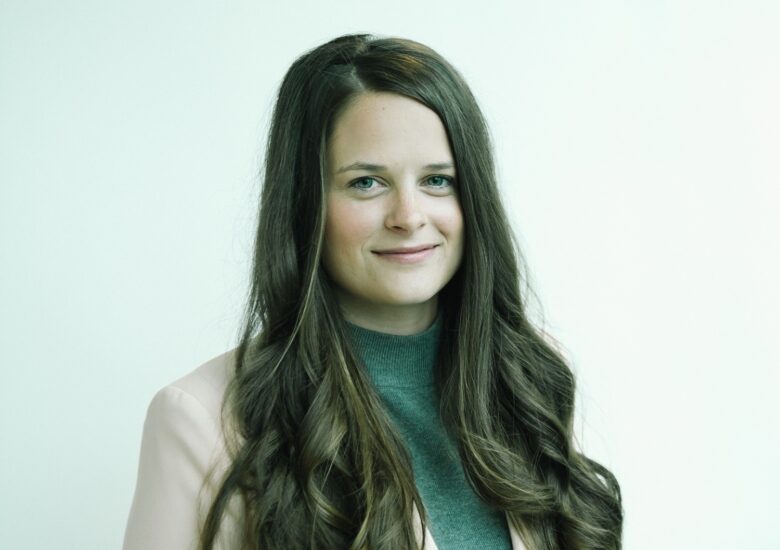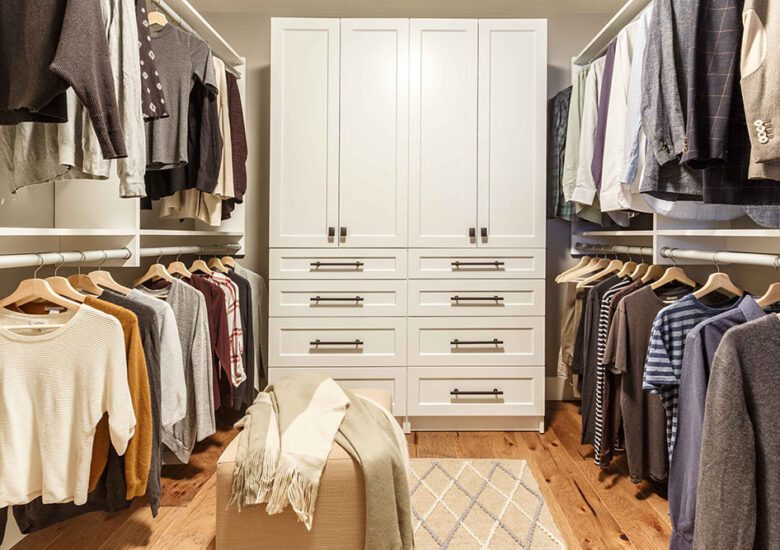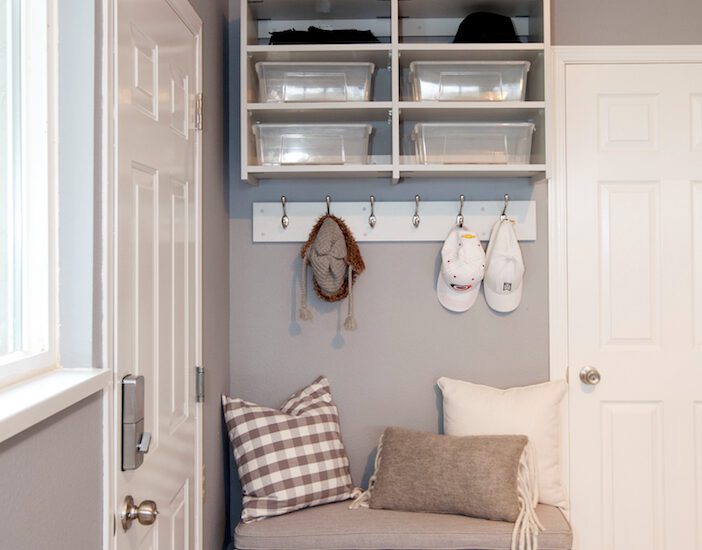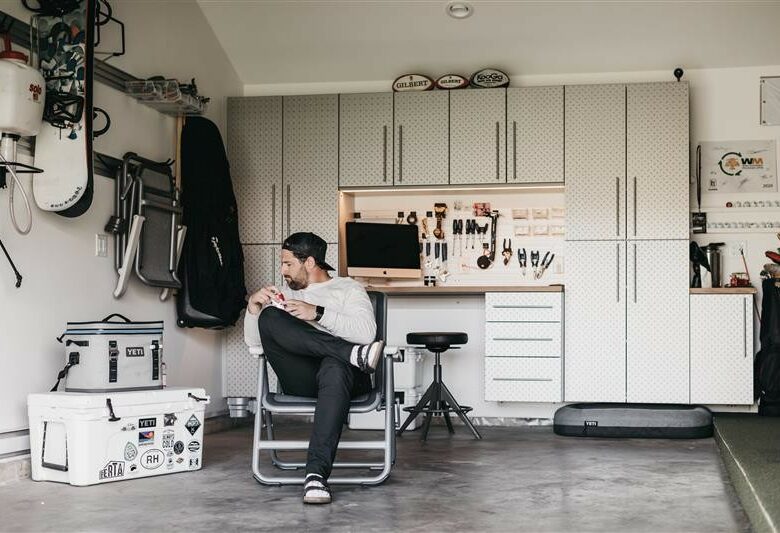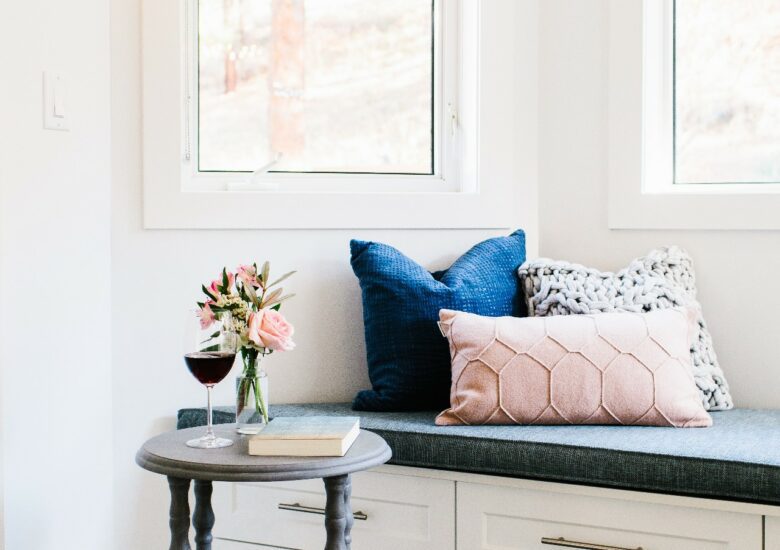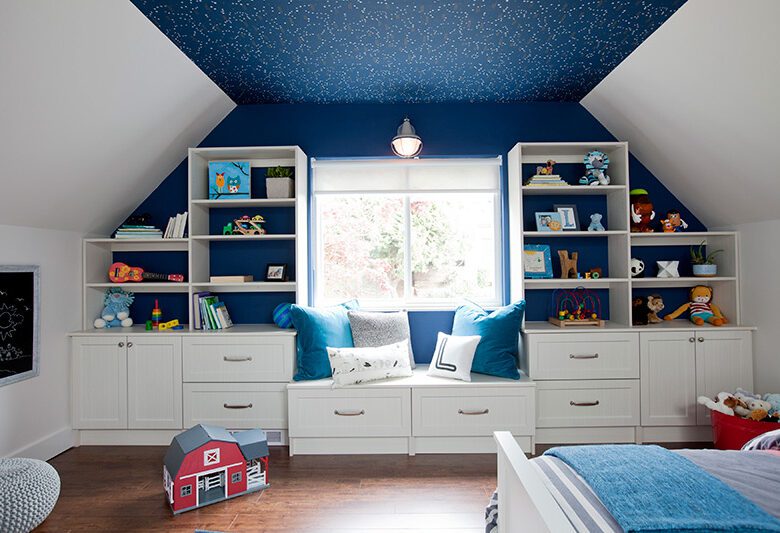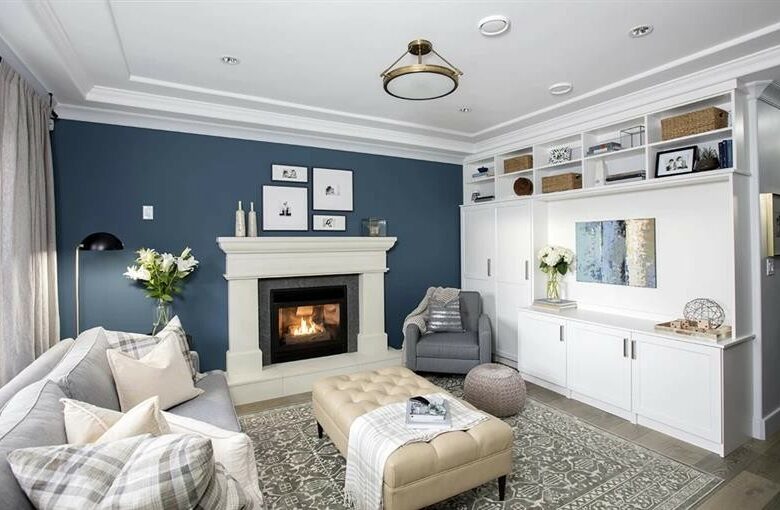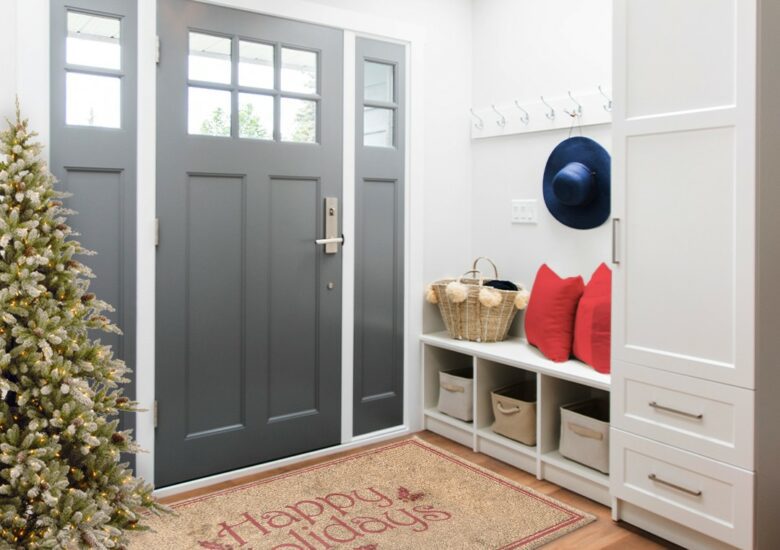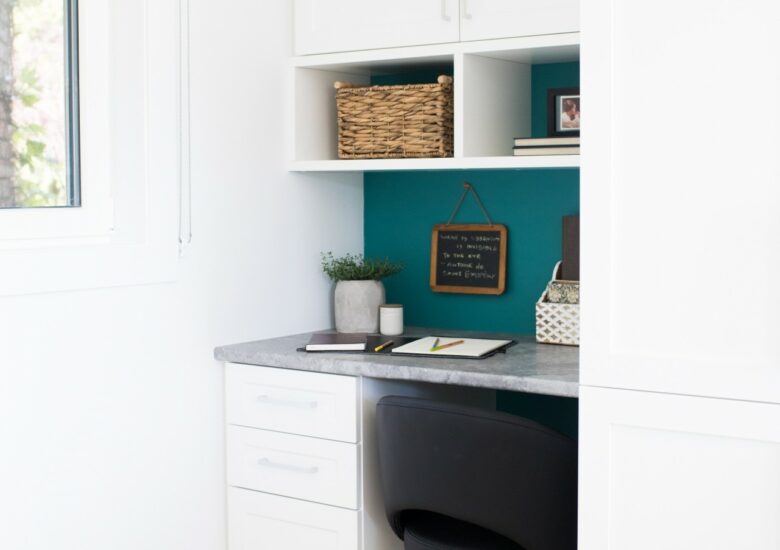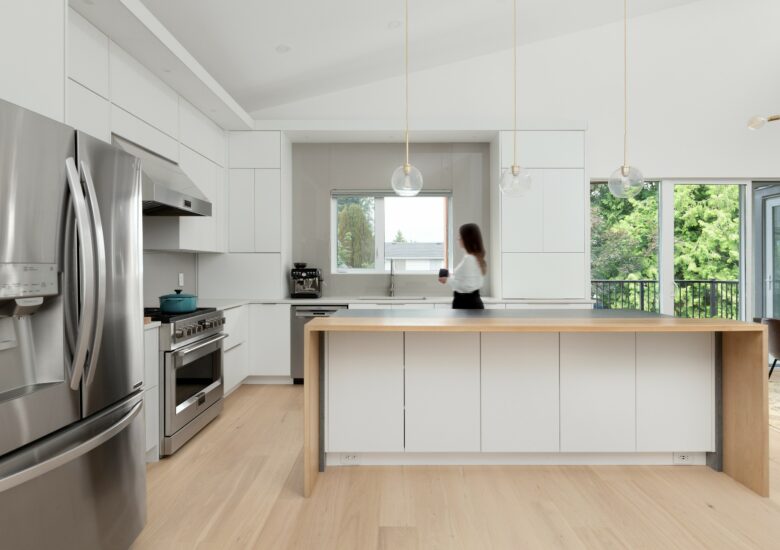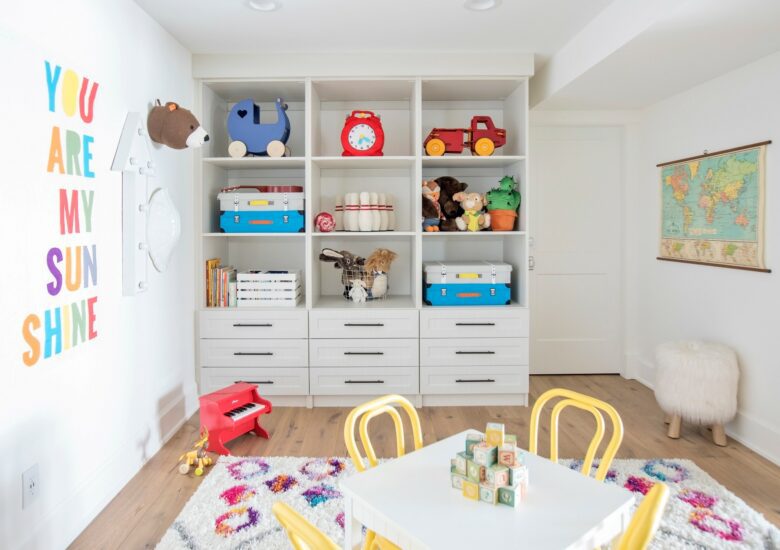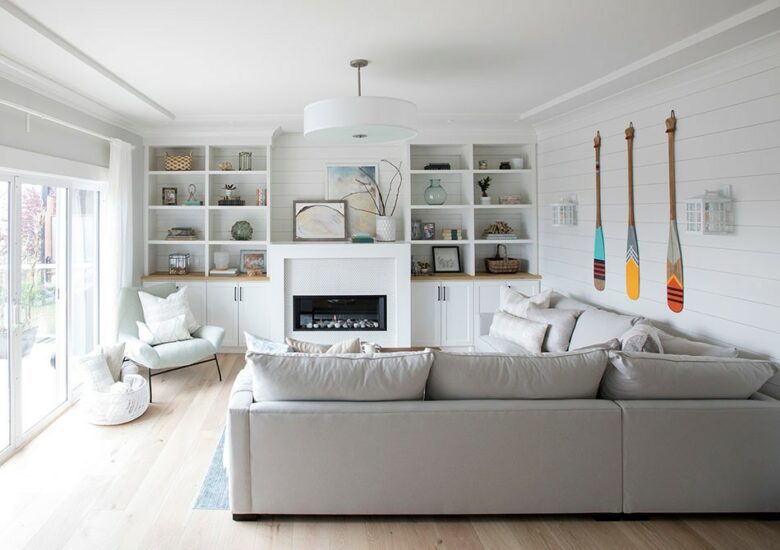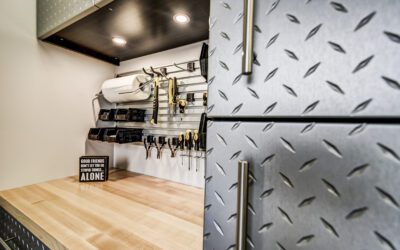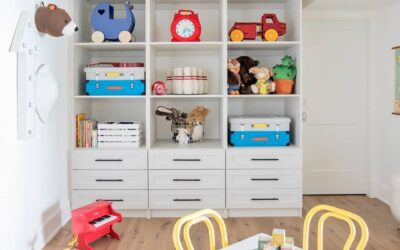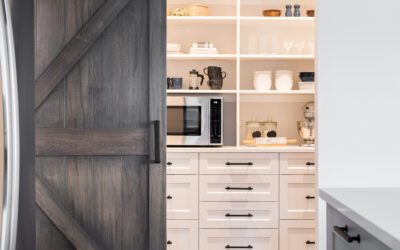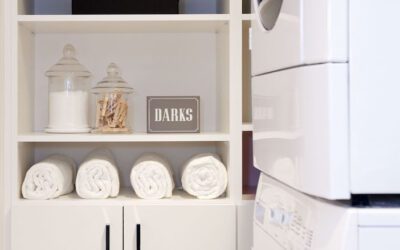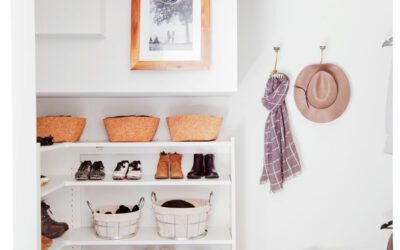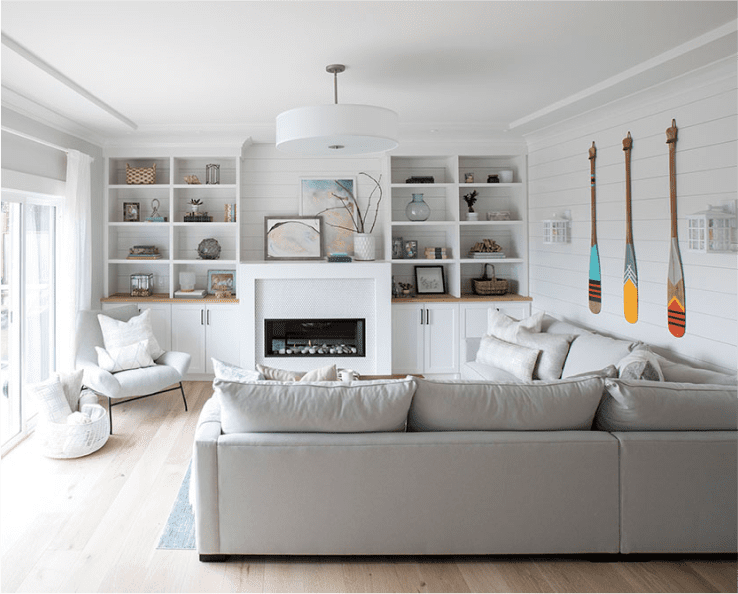Through inheritances, purchases, gifts or otherwise, we tend to accumulate a lot as the years go by. From old photographs and china to clothes and paper: we have our reasons for holding on to things. And the more space we have, the easier it is to find a place to store them. Out of sight, out of mind, right?
But when does an item go from being a truly meaningful part of our lives to being part of the bigger picture: when it’s become part of our home’s overall clutter? What happens when there’s so much of it that we become stressed, overwhelmed and overburdened?
Professional Organizer, Corey Anderson, Owner/Manager of Organize My Space, Kelowna has worked with our STOR-X franchise in Kelowna on projects and she has an answer for those questions. “When the clutter is preventing you from seeing and enjoying those things that mean the most to you, that’s when you know it’s time to make some changes.”
How Did We End Up Here?
But knowing it’s time to make changes is one thing. Taking action is another.
“It’s not always easy for people,” says Corey. “You have to remember that it’s often taken years to get to that point and there are a lot of emotions wrapped up in it as well.”
So how do we go from “I can’t part with this” to “I need to let this go”? Corey says people need to work through their attachments. Older individuals, particularly those who have grown children and may be contemplating downsizing or moving into care homes, often have trouble with this aspect.
But as Corey herself has discovered over the years, how we were raised and the environments we were raised in can also play a role. “I’ve worked with people of all ages who have had a tough time letting go of things. It’s not something you can really predict.”
Some people, she adds, just aren’t wired to be organized. And if someone has gone through an especially traumatic time, say the loss of a loved one, that can also be a trigger for losing interest in maintaining an orderly environment.
In those situations, says Corey, “It’s about coping, what we’re capable of dealing with at the time, so the environment around us is often the last thing we take care of.”
The end result, unfortunately, is that things begin to pile up, which can – in some instances – turn into a cycle where, she says, “you see the clutter, you know you have to do something about it, you’re not sure where to start, so you avoid it and start all over again.”
This can lead to feelings of anxiety, embarrassment, shame and even isolation.
First Things First
In Corey’s role as a Professional Organizer, she works closely with people, first to get a better understanding of who they are and what their ultimate goal is. “I find people, at this point, often want to talk,” she says. “They want to explain the why, how it got to this point, get somebody to understand. They’re reaching out and they’re often vulnerable.”
There’s one thing that Corey is absolutely clear on: “It’s not my place to judge them. I’m here to help.”
For her, it’s about giving people permission to let go and to not feel bad about it. Feelings of guilt or grief can come into play although Corey is quick to note that those should always be addressed with trained professionals. “On the level that I work at, I help them identify what they want to keep, understand the attachments they may have and then see the logic behind not needing to hold on to absolutely everything.”
“For example, if you haven’t worn your favourite pair of jeans in the last year or two, chances are you probably won’t. That’s what I’m referring to. Being able to step back, take a moment and have some perspective.”
“Memorabilia like photographs, books, or anything that has sentimental value, that’s where you remind people that when they let go of things, they’re making space for the things they love – things can been displayed and treasured.”
“It’s more about providing some gentle coaxing and helpful tips to get people to change their habits.”
When does it end? “There isn’t a real start or completion date at this stage of the journey,” says Corey. “It could be that we just do one room at a time, as fast or as slow as people want. It’s what’s comfortable for them.”
Step by Step
Rule number one, says Corey, is “You have to purge before you organize.” It’s about getting rid of all the other layers first. It’s not uncommon for people to have a perception that the process will be quick, easy and simple.
In fact, it’s the opposite. And it’s just the beginning. “You have to get rid of what you don’t want, don’t need or can’t use, she says. “Otherwise, you’re just moving pieces around which is counterproductive.”
Once the purging is done, and much of the clutter has been cleared out, it’s time to start organizing. It’s here when systems can be personalized to best reflect the people using them and how they will interact with things. “This is where we can really see the space and evaluate it to get a better sense of how it should be used,” says Corey. It could be something simple like building in some storage shelves or creating a more involved set up to encourage ongoing organizing.
When working with families with small children, for example, Corey says it’s important to be aware of where little ones will be playing and where’s the best place to get access to their toys.
Want to keep the organization vibe going? Corey advises starting small to avoid getting overwhelmed. A great place to begin? The junk drawer. (Every kitchen has one.) Set a timer – say 15 or 30 minutes. Take everything out and separate by categories. Another great option: the spice rack. Or the sock drawer. If it’s paper, do one small pile, 15 minutes a day for five days then take a break.
“The main thing is to keep at it,” says Corey. “It’s the little things that get the ball rolling,”
She also recommends setting out boxes or containers and labelling them keep, donate, recycle and toss. Once a box is filled up, it can be taken care of accordingly.
The End Result
Purging and organizing can be very transformative for people, says Corey. “It’s very empowering, especially when people are ready to let go. They have this renewed zest for life.”
It’s also about decluttering the relationship we have with our stuff: those things that have been weighing us down and we might not have even been aware of it. When we take time to get organized, she adds, we’re also saving time and money, reducing stress and, in some cases, improving the relationships we have with others.
“At the end of the day,” says Corey, “When I walk away and someone has told me that ‘this feels so much better’, then I know I’ve done my job.”
“I love being part of that.”
